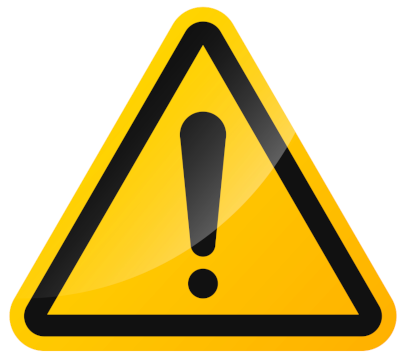Hydroelectric - electricity from flowing water
Hydropower is a clean and renewable source of energy. It can provide the cheapest electricity and produces no pollution. In addition to generating electricity, dams and reservoirs may provide flood control, water supply, irrigation, transportation, recreation opportunities and new habitat for fish and birds. However such schemes often have a negative impact on the environment and local communities. The use of dams and reservoirs can flood existing settlements forcing people out of their homes (for example; the controversial Narmada dam in India). Such schemes may also have a detrimental effect on farmland, wildlife habitat and fish.
For hundreds of years the energy in flowing water has been harnessed by people to operate machines. References to its use have been found as early as the twelfth century. In the last century, hydropower has played a major role in making electricity part of everyday life for people around the world. Hydropower accounts for almost 25% of the world's electricity, supplying over 1 billion people with power. Worldwide, hydropower capacity is 675,000 megawatts and produces over 2.3 trillion kilowatt-hours of electricity every year. That is the energy equivalent of 3.6 billion barrels of oil.
Hydroelectric systems produce electricity by causing flowing water to rotate turbines which drive a generators thus converting the kinetic energy of the flowing water in to electricity. The amount of electricity produced is determined by the volume of water flow and its head (the height the water falls to the turbine). The greater the flow and head, the more electricity can be produced. The best sites for hydroelectric plants are swift-flowing rivers or steams, mountainous regions and areas with heavy rainfall.
Storage plants use dams and reservoirs to provide greater head and to off-set seasonal fluctuations in water flow and therefore can provide a constant supply of electricity throughout the year. Hydro power system don't have to have dams or reservoirs. Systems known as Run Of The River use little, if any, stored water although climatic or seasonal changes can result in significant fluctuations in power output.
The scale of hydro electric schemes varies massively. The world's largest hydropower plant in Brazil produces 13,320 megawatts but much much smaller schemes are more common. Small, pico, mini or micro hydro power basically refers to systems not connected to the grid, and suitable for Run Of The River installations. Such systems range from those producing several hundred kilowatts (enough for a small town) to tiny systems producing only a few watts.
Microhyrdo power was one of the earliest of the small scale renewable energy technologies to be developed. It is a proven technology and highly cost effective for sites with access to a suitable flow of water.
Micro hydro power may be the least commonly utilised of the three readily used renewable energy sources, but arguably has the potential to produce the most power. It is more reliably and constant than solar or wind power and certainly cheaper. Perhaps the most significant advantages over solar or wind power is that hydro can produce power continuously, 24 hours per day, whatever the weather. However hydro can obviously only be used where there is a stream or river with a high enough flow to produce useable power.
Many rivers and streams are permanent ( ie, they don't dry up during dry seasons) and these are the most suitable for hydro power systems. However even seasonal flows can provide useful power for much of the year and perhaps be used in conjunction with solar power which is likely to produce more power in the dry seasons in which the hydro potential is low.
The turbine for hydropower can take several forms, the most widely recognized being the water wheel. These work best in high flow situations and turn relatively slowly which makes them great for providing mechanical energy. This means that while they have been used extensively for grain grinding throughout the world, waterwheels are less suited to driving electrical generators. Modern turbines include the Pelton wheel, the Turgo, Crossflow and various axial flow turbines, where the shaft through the center of the turbine runs in the same direction as the water flow, much like a boat propeller. These spin fast and can be used in low flow site a long as there is sufficient head.
Micro hydro generators are being manufactured in increased numbers, mostly for developing countries where they can provide cost effect electricity to isolated communities. However even with prices falling, many communities can not afford such commercial system and so turn instead to making their own systems using standard water pumps as turbines and cheap and readily available induction motors as generators.
At Stewardwood we have been experimenting with an extremely low flow run of the river hydroelectric system. We have used all reclaimed parts including the use of water pumps as turbines and permanent magnet motors as generators. The stream we are using is seasonal but we expect to produce about 8 watts constantly until some time in the spring.
See also: Our micro hydro system at Steward Wood
 Please Note: This website is out of date. The Steward Community Woodland sustainable living project ended
in 2018 for legal and planning permission reasons. The contents have been left here as a historical archive.
Please Note: This website is out of date. The Steward Community Woodland sustainable living project ended
in 2018 for legal and planning permission reasons. The contents have been left here as a historical archive.
